34 percent of students report struggles with anxiety
In a survey of 260 CFHS students, 25 percent, or one in four, acknowledged having an anxiety related disorder that had been diagnosed by a medical professional, and 76 percent of students said they knew someone with an anxiety related disorder. That’s three in four.
These numbers compare with national statistics provided by the American Psychological Association, which reports 18 percent of people today are affected by anxiety related disorders.
According to the Diagnostic and Statistical Manual of Mental Disorders, “Anxiety disorders include disorders that share features of excessive fear and anxiety and related behavioral disturbances. Fear is the emotional response to real or perceived imminent threat, whereas anxiety is anticipation of future threat.”
School counselor Chris Wood described anxiety as, “any point when you lose control of your emotion or you lose control of a situation or feel that you don’t have control of how you’re reacting to something that’s happening to you.”
There are a number of different anxiety related disorders. The most common include generalized anxiety disorder, panic disorder, agoraphobia, social phobia and other specific phobias. These disorders manifest themselves in many different ways. Some people experience panic or anxiety attacks while others experience constant worry and dread. Some are unable to speak in social situations while others find themselves almost too overwhelmed to leave their homes.
However, feelings of anxiety are completely different than anxiety disorders. Melissa Rogers, AP and Intro to Psychology teacher, clearly described the difference: “When it stops being just the feeling of anxiousness and possibly anxiety is when it becomes something that’s in the way of normal functioning. We use the acronym M-U-D-A when talking about mental disorders. Is it something that’s Maladaptive, Unjustifiable, Disturbing and Atypical? I would say that would still hold true for the difference between feeling anxious and having anxiety.”
Many people suffer from panic attacks as well. According to the same survey, over fifty percent of those surveyed say they have experienced a panic attack. The DSM-V describes panic attacks as, “an abrupt surge of intense fear or intense discomfort that reaches a peak within minutes.” Panic attacks include any number of symptoms, including but not limited to: palpitations, sweating, trembling, shortness of breath, chest pain, nausea, feeling dizzy, chills, derealization (feelings of unreality) or depersonalization (being detached from oneself), fear of losing control or “going crazy,” and fear of dying. These events can be particularly stressful and leave the subject feeling completely drained, physically and emotionally.
Wood described a number of coping mechanisms that specifically benefit those suffering from chronic anxiety. Breathing techniques, meditation, mindfulness training, exercise and a healthy diet are just a few tools one can use to reduce anxiety. He suggests seeking help from a school counselor or medical professional, as they can provide helpful insight and suggest useful coping mechanisms: “If you don’t even have the coping skills to know what it means to be resilient, there’s no possible way you can handle your anxiety. So you have to be able to learn those skills so you can become resilient. We have to give you the skills and the tools to become resilient, or you have to learn those skills and tools for yourself to become resilient.” Even just talking about issues with a counselor, therapist or psychiatrist can be an immense help for many struggling with anxiety.
For some, cognitive therapy isn’t enough. Many are prescribed medications by medical professionals to help correct the imbalance of neurotransmitters in their brains. According to Rogers, this is nothing to be ashamed of. “Don’t be afraid to see your doctor if medication is necessary,” she said. “There shouldn’t be a stigma involving that. You have something that’s not working properly on a level that you have no control over, and that needs to be fixed.”
For those who become aware that they may be suffering from an anxiety related disorder, the best thing they can do for themselves is seek help. Amy Denholm, school counselor, said a trusted teacher is a great place to start. “A lot of times our teachers are great resources for building that relationship, and a student feels more comfortable starting off with a teacher, saying, ‘Hey, I’m just feeling really overwhelmed. I’m feeling really anxious. I’m feeling kind of out of control within myself,’ and then that teacher may refer them or encourage them to talk to [a school counselor,] and we can talk to the student.”
Denholm’s bottom line for those with any questions or suspicions about their own anxious tendencies is “Ask. Talk to someone.”
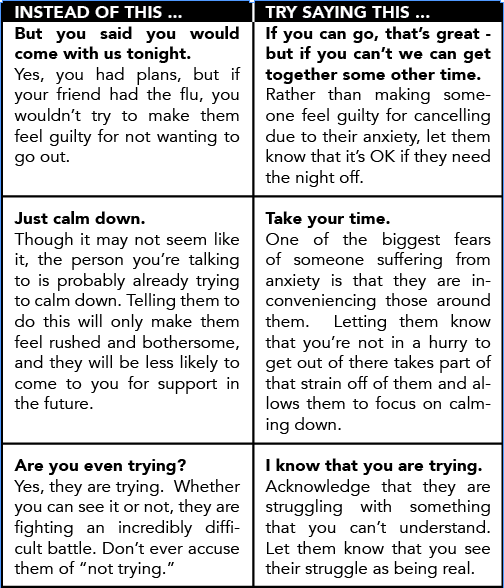
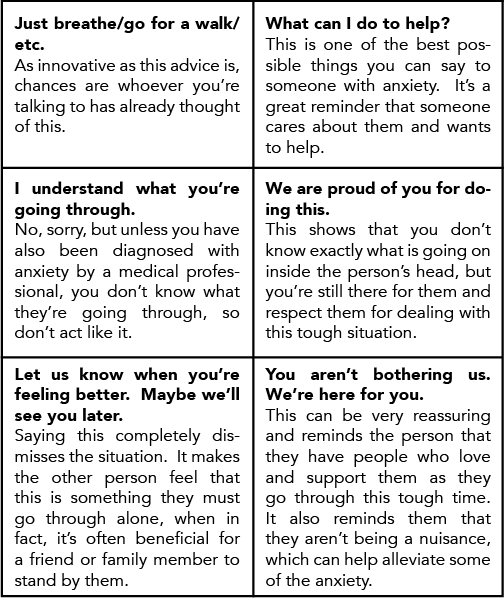

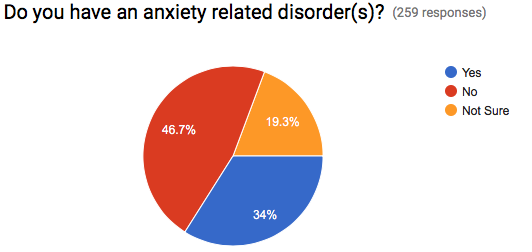
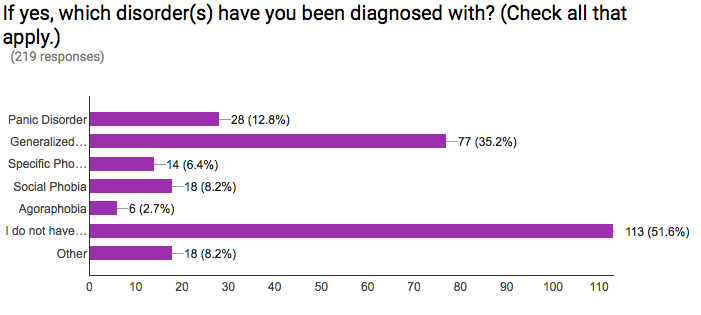
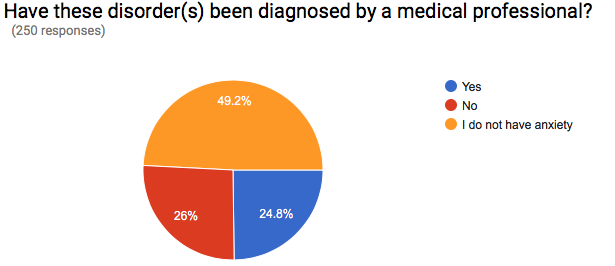
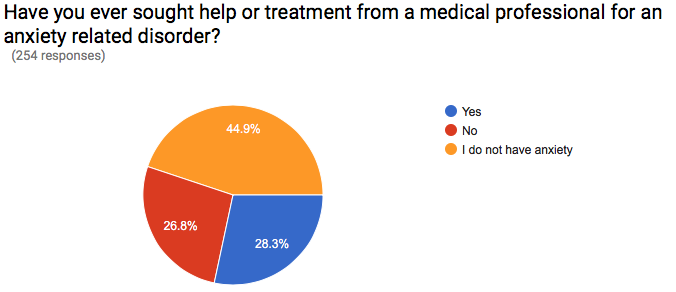
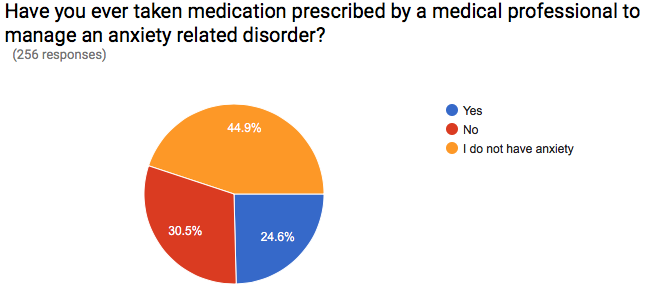
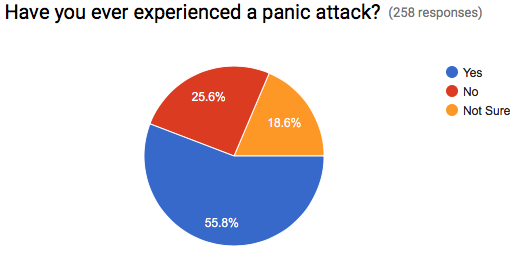
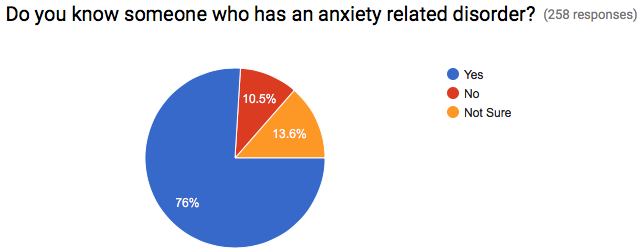
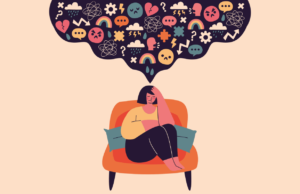
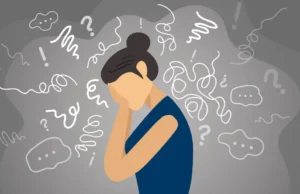






You must be logged in to post a comment Login